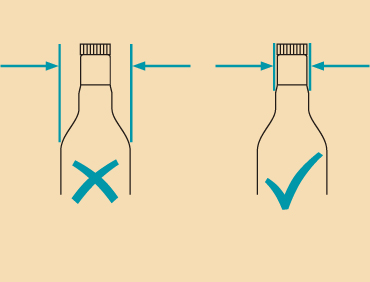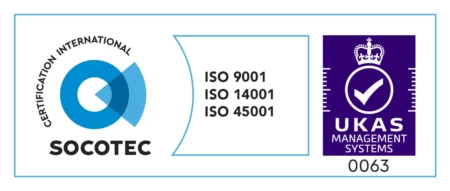Straight Sided Containers

Measure the widest point over which the seal must pass, then add 1mm. For example, if the diameter of the cap is 50mm you should choose a seal of 51mm diameter.
Choose a length to suit the purpose but remember the 10% shrinkage which takes place in this direction when the seal is fully dry
Conical Containers and More Complex Shapes
In these cases it is important that the difference between the smallest diameter and the largest diameter to be covered by the seal should not exceed 25%.
If you are not sure, you should send us a detailed drawing of the product you want to seal
Shrinkage on Drying
The seals are made from cellulose and are packed in a mild preservative solution. When you have placed the seal onto your product it dries naturally in the air and as it does so it shrinks down to form a tight seal.
The seals have a total transverse shrinkage of between 35-40%, i.e. it can shrink to two thirds of its original size. The longitudinal shrinkage is around 10%.
NOTE: For the most satisfactory appearance, you should choose a seal where the maximum transverse shrinkage required of it is 20-25%. If too large a seal is used the shrinkage time can be too long and there is a risk the finish will not be smooth.





